Wingspan 40 m First flight 1956 | Engine type Turboprop | |
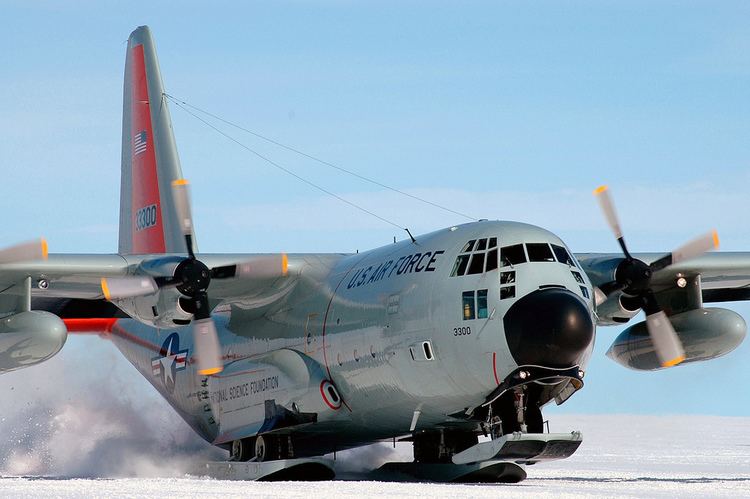 | ||
Manufacturers Lockheed Corporation, Lockheed Martin | ||
Very rare usaf lockheed lc 130h hercules takeoff from pdx
The Lockheed LC-130 is a ski-equipped United States Air Force variant of the C-130 Hercules used in the Arctic and Antarctic. Ten are currently in service with the 109th Airlift Wing of the New York Air National Guard.
Contents
- Very rare usaf lockheed lc 130h hercules takeoff from pdx
- Design and development
- Operational history
- References

Design and development
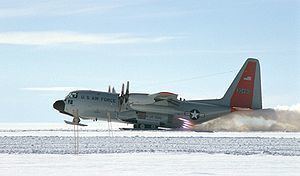
The LC-130 started as a prototype model developed by modifying a C-130A with skis in 1956. After testing in 1957, 12 additional C-130A models were modified with skis and hydraulics under the designation of C-130D. In 1959 the first four factory equipped, ski-based Hercules were produced under the Navy designation of UV-1L. These C-130's are USAF C-130B models. Later in the program the designation was changed from UV-1L to C-130BL. This designation was again later changed to LC-130F when aircraft nomenclature was standardized for all services by the U. S. Defense Department in 1962. These four aircraft were bought by the Navy Department to support the Navy’s Antarctic expedition that was ongoing at the time. The Navy also bought one LC-130R model in 1968. The National Science Foundation bought the second set of aircraft as replacement aircraft. The Polar Program Division of the Foundation had assumed management of the Antarctic Program in the early 1970s. These aircraft were designated LC-130R and were delivered in two lots: the first lot of three in 1974 and the remaining two in 1976.
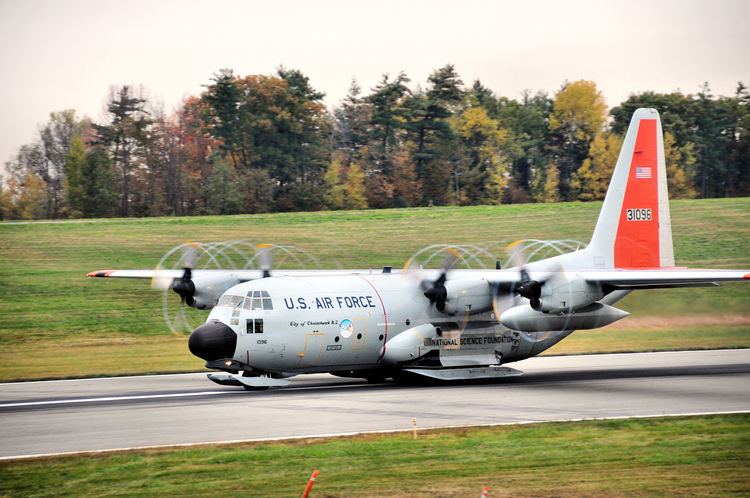
The primary mission of the LC-130 is supporting the scientific community in Antarctica by transporting cargo and personnel from the McMurdo Station to field stations and camps, including the Amundsen–Scott South Pole Station.
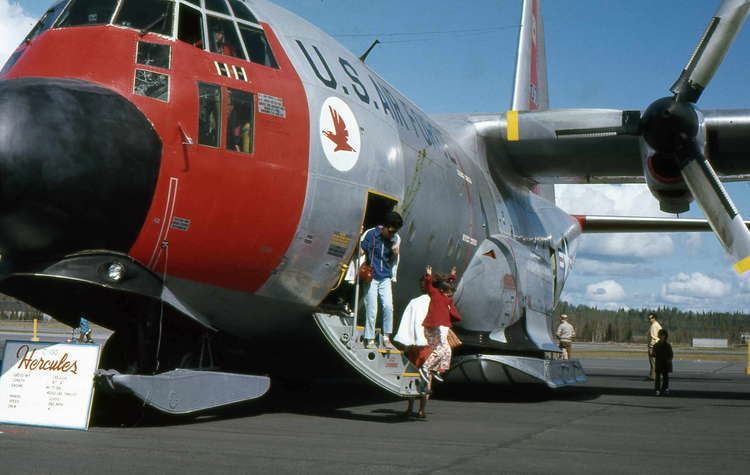
The aircraft are equipped with retractable skis that allow the aircraft to land on snow and ice as well as on conventional runways. The aircraft have provisions for using jet-assisted-takeoff (JATO) rockets, four on each side of the aircraft, that are used when the LC-130 operates from rough, unprepared snow surfaces or when shorter takeoff runs are needed. Originally the expended rocket bottles were jettisonable, but due to several accidents which occurred when a bottle detached from the aircraft during takeoff, the mounting provisions were changed so that the bottles could not be released in the air.
Operational history
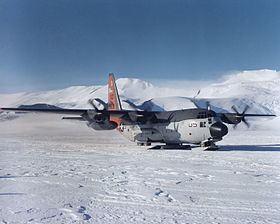
The Navy Antarctic Development Squadron Six (First designated VX-6, then VXE-6 from 1969) originally operated the LC-130 aircraft. Initially, VXE-6 was home based at the Naval Air Station Quonset Point, Rhode Island and later at the Naval Air Station Point Mugu, California. Operation of the aircraft was transferred in the late 1990s to the 109th Airlift Wing of the New York Air National Guard when Navy support of the Antarctic program was terminated.
Currently all LC-130 aircraft are operated by the New York Air National Guard and are based at the Air National Guard's facility at Schenectady County Airport. There are two versions. Seven aircraft are LC-130H-2 (Three of these were Navy LC-130R from VXE-6 converted to LC-130H-2). Three are LC-130H-3.
